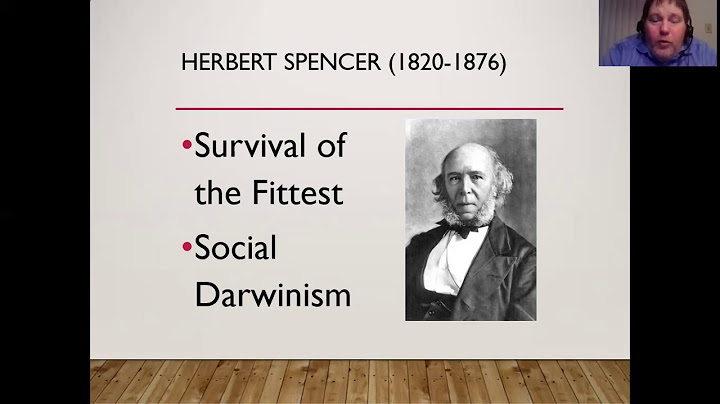In this article, we cover the different methods to compare two arrays and check if they are equal using javascript. In this process we will also understand the pros and cons of various methods used. Show
If you are new to the concept of array equality, each section of the article would be useful. However, If you are here to refresh your knowledge, jump straight to the implementation. Go to methods Table of Contents
Introduction to equality in javascriptEquality is a tricky subject when it comes to javascript. There are technically 4 ways to compare if two values are equal in javascript. Of these, the two most common methods are the == operator, known as abstract equality and the === operator, known as strict equality. Before diving into checking for array equality, let us understand how these equality operators work in javascript. Strict Equality With ===Given 2 values x and y, the strict equality checks for equality in the following way: x === y
In Javascript, arrays are considered to be objects, so the === operator only returns true if both the arrays have the same reference Abstract Equality With ==Here is a brief overview of how the == operator compares if x and y are equal.
Abstract equality comparison is responsible for many of the strange edge cases that JavaScript is so famous for are covered extensively in this article. In general, you should always use === rather than == unless you're confident about what you are doing and have an idea of the expected outcome. Although there are 4 ways to check if two arrays are equal, none of them consider the deep equality (where you compare even the contents of your objects recursively until all you need to compare are the primitive fields) between the arrays. Checking for array equality using javascriptHere are 3 ways to check if two arrays are equal. 1) Both arrays have the same length and their values are equalIn this method, we compare if each value of a is equal to the value of b. We have to keep in mind that this will work well if all the values of arrays a and b are primitives and not objects. 2) Deep Equality with POJOs (Plain old java object)The function arrayEquals() works well for primitive objects as seen above, but falls short if you want to compare arrays containing objects by value. Let’s take a look at the example below: One simple way to go about this with minimal code and no external libraries is to use compare them by their JSON.stringify() output However, there is one edge case. Since undefined is not a valid JSON value, JSON.stringify() converts undefined to null. So the JSON.stringify() outputs of the arrays shown below will be the same even though they aren’t the same in reality. 3) Comparing arrays to check for equality using Lodash’s isequal()As discussed above, using JSON.stringify() to compare array equality not only causes the undefined vs null quirk but also doesn't take into account object types. As far as JSON.stringify() is concerned, an object with a toJSON() function that returns 25 is the same as the number 25. Similarly, a custom object is also considered to be same as POJO while using JSON.stringify() On the other hand, using Lodash’s isequal() function takes all of this into account Note: Lodash is a JavaScript library that provides utility functions for a common programming task. Parting Words:To conclude, to compare arrays to check for equality, Lodash's isEqual() function is the way to go if you need all the bells and whistles of checking that objects have the same class. The JSON.stringify() approach works well for POJOs, just make sure you take into account null. How do you know if two arrays are equal?The Arrays. equals() method checks the equality of the two arrays in terms of size, data, and order of elements. This method will accept the two arrays which need to be compared, and it returns the boolean result true if both the arrays are equal and false if the arrays are not equal.
How do you compare two arrays with each element?equals() Method. Java Arrays class provides the equals() method to compare two arrays. It iterates over each value of an array and compares the elements using the equals() method.
Can you compare 2 arrays?Programmers who wish to compare the contents of two arrays must use the static two-argument Arrays. equals() method. This method considers two arrays equivalent if both arrays contain the same number of elements, and all corresponding pairs of elements in the two arrays are equivalent, according to Object.
How do you check if all elements in an array are equal in Java?import java. util. Arrays;. public class Main.. public static void main(String[] args) {. int[] arr = {1, 1, 1, 1, 1};. boolean allEqual = Arrays. stream(arr). distinct(). count() == 1;. System. out. println(allEqual);. How do you check whether two arrays are equal or not C++?Solution Steps. Compare the lengths of arr1 and arr2 . ... . Sort arr1 and arr2 either in ascending or descending order.. For each index i of the array, compare arr1[i] and arr2[i] to be equal.. If at any point the condition fails, then return False otherwise, at the end of the comparison, return True .. |

zusammenhängende Posts
Werbung
NEUESTEN NACHRICHTEN
Werbung
Populer
Werbung

Urheberrechte © © 2024 berikutyang Inc.
















